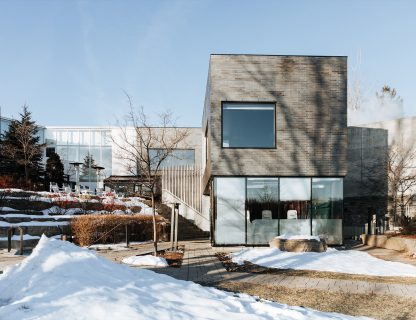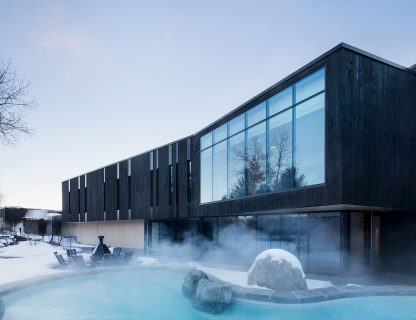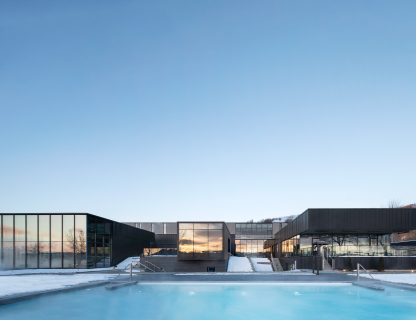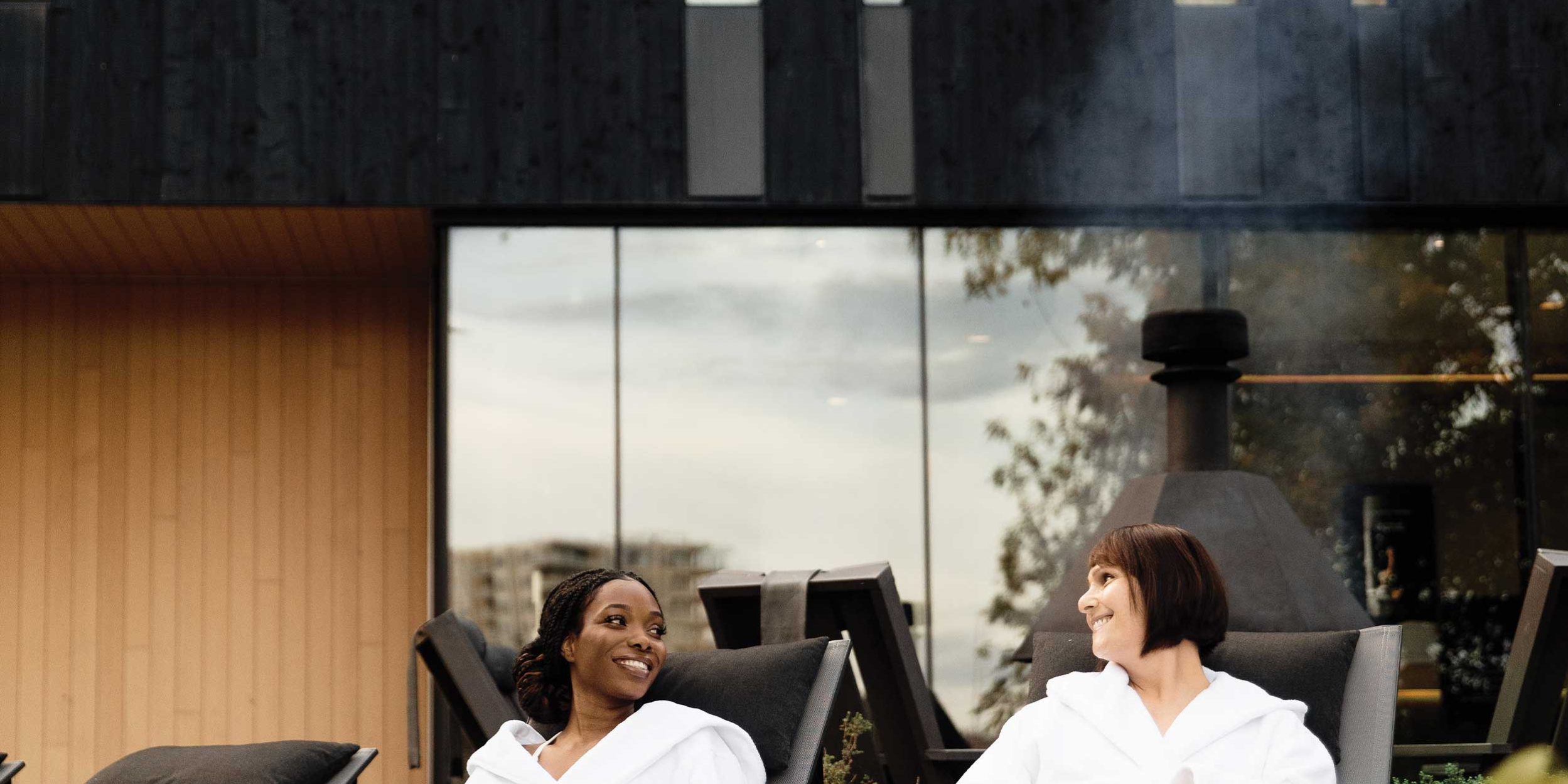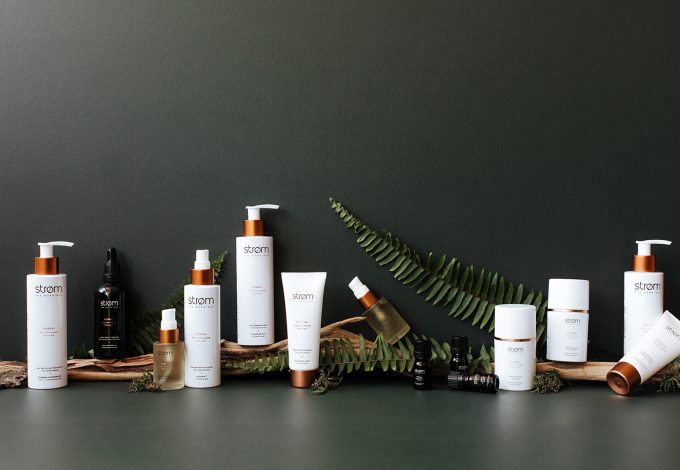Humans are fundamentally relational beings. Their need to ally themselves with a community is intertwined in their deepest roots. Community gatherings have existed as long as organized societies. Over the years, the importance of these communities has made it possible to reinforce the values of empathy, sharing, learning, and fraternity.
In the past, humans gathered together in groups to survive in a world marked by unpredictability. These days, although the need to protect ourselves from danger is no longer the same, the need to be part of a group still runs through our veins. This need for belonging gives rhythm to the relational spheres and shapes the communities that inhabit our world.
When humans join forces, self-care takes the form of community care, growth circles, sororities, and fraternities. Let’s take a look at these growing social movements.
community care
Well known in community spaces and social movements, community care is still on the margins of mainstream culture.
It represents a form of living interpersonal compassion: a phi- losophy of compassion applied in an intentional and committed way. Individuals voluntarily take advantage of their privileges in order to be present for their fellow humans in a thousand and one ways. This can be as simple as offering someone a helping hand in a digital mutual assistance forum or doing chores for someone when they are sick.
In a more structured form, this care takes place within neighbourhood and support groups, community homes, and non-profit organizations, in person. In the era of the web, mutual assistance groups aimed at a myriad of communities are emerging on social networks and various digital platforms. The strength of digital technology is its ability to bring marginalized communities together; individuals from all over the world experiencing similar problems and showing empathy in difficult times. In the digital sphere, community care occurs at an equally deep level.
Self-care is sometimes insufficient to accomplish the real work of healing, explains Nakita Valerio, a community organizer and researcher based in Toronto. To address systemic issues and overcome social isolation, we need a community. We need community care. Self-care is not separate from community care, however, since it allows individuals to take care of themselves so that they are then able to take care of others.
growth circles
Growth circles are psychologically safe spaces for sharing and intro- spection. As places of co-creation, they allow individuals to open up, express themselves, and grow, but—above all—to connect and mutually support each other. This experience makes it possible to approach life with greater openness and determination.
Growth circles can be created within organizations, communities, and even work teams. By discussing different experiences and issues with their growth circles, individuals have access to better support with problem solving and strengthen their sense of resilience and community.
Growth circles act as a bridge between personal and relational work. The topics discussed during the conversations move from the individual (self-awareness, skills improvement, growth strategies) to their relationship with the rest of the world (relationship management, peer relationships, conflict resolution, support networks, influence, and leadership).
sororities and women’s circles
For thousands of years, women have come together. They have been able to create movements together aimed at abolishing the patriarchal system. Their strength comes in part from their ability to join forces.
Women’s circles offer a safe space for connection, sharing, and empowerment. They allow the participants to share their truth without judgment and free themselves from fear
While our societies glorify the qualities specific to male energy, such as ambition, productivity, and accomplishment, women’s circles draw more on the connection to intuition, creativity, and the ability to follow the cyclical rhythms of life. Their existence aims to restore the balance between the masculine and the feminine.
Whether in relation to rites of passage, children’s education, conveying values, sharing experience, weaving, gathering, and preparing food for the family and the village, for generations, women have gone through life by coming together. These days, the possibilities of the circle are infinite: the great outdoors, discovering nature, personal growth workshops, moon circles, dancing, singing, exploring yoga and ancient wisdom, reconnecting with the ancestors…
With a political impact, some women’s circles are reclaiming their power and autonomy, while others denounce oppressive situations… The “circle” can take a thousand and one forms. Together, we are capable of uniting toward a space of equality, toward a common goal. Power, together. Between rituals, meditation, deep listening, sharing vulnerabilities, and dismantling structures, the women’s circle aims to create an inclusive space that embraces femininity in all its forms.
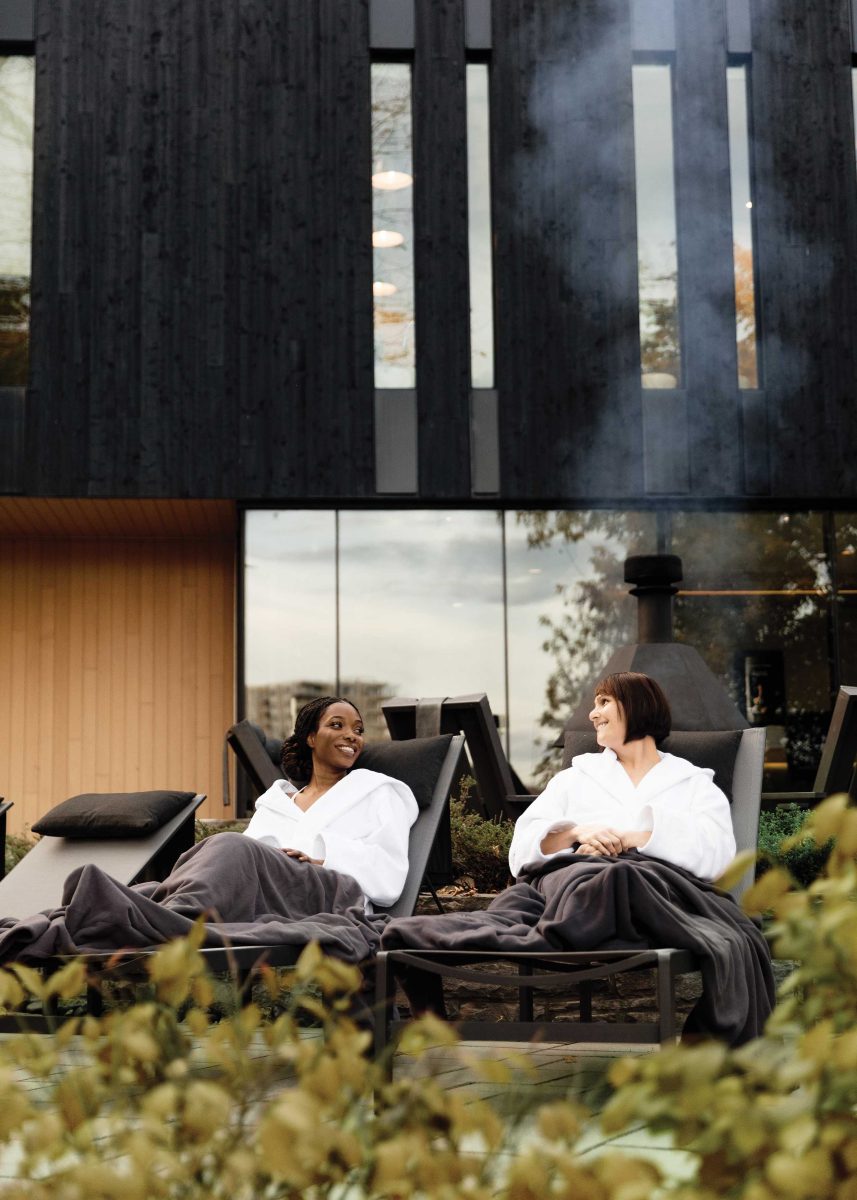
fraternities and men’s circles
Likely to suffer in silence, many men carry an immense weight that is difficult to communicate, among other reasons due to archaic yet still-persistent perceptions about vulnerability and sensitivity as being uniquely feminine characteristics.
Men’s circles provide a safe space where men can be together and feel permission to truly be themselves. This is an essential type of fraternity that can even relieve certain mental health problems. Reminiscent of a voyage of initiation, fraternity circles are a solid foundation for a healthy version of masculinity and for developing resilience and the ability to overcome challenges.
Suffering is rooted in the misunderstanding of so-called “masculine” roles, of the dichotomy between courage and weakness. These circles allow men to share experiences without fear of being labelled or judged and are a necessity in a world where men’s vulnerability is reduced to silence. Cultivating self-awareness, understanding one’s life path, and developing forgiveness for oneself and others are all areas to be explored.
Our modern society perpetuates old traditions and unconscious pat- terns. In a space where men can bond with each other as brothers and cultivate awareness, a new path is possible.
including trans and non-binary people in circle
To ensure that a women’s or men’s circle is open to transgender or non-binary people, certain notions must be addressed.
Let’s start with the basics: transgender people do not identify with the gender assigned to them at birth, and they are undergoing a process of transition to live their lives in accordance with the gender with which they feel a deep connection. By contrast, cisgender people identify with their birth gender.
To create a space for exchange and connection that is welcoming for these people, it is necessary to do more. For example, it is possible that a trans woman may have received different forms of rejection in typically female spaces. To eliminate doubt and be more inclusive, you can use language as simple as:
- “Our circle welcomes all women, including cis and trans women.”
- “Our circle welcomes all men, including cis and trans men.”
Ultimately, women’s and men’s circles are based on the shared experiences of the members of the circle. Including trans people therefore makes it possible to leverage the perspectives on the female and male experience that they offer for the benefit of the group.
Non-binary people do not have a defined gender. They may feel neither male nor female, both at once, or a combination of the two. Including non-binary people in a women’s or men’s circle is an invitation to reimagine what the group means. Is the group educated on non-binarity? Will a gender-fluid person be received with as much openness and warmth as a typically female or male person? What can their specific experiences of femininity and masculinity bring to the rest of the group?
To welcome non-binary people in a safe space, it is important to prioritize gender-neutral language and to become familiar with the use of pronouns. Doing the necessary education within the group is essential for it to be just as open to non-binary people.
This thinking leads us to question the place that gender occupies in these sharing circles. A circle focused on the sharing of values and common interests (rather than on gender) might better meet the needs of certain people. A circle reserved for gender diversity would probably have its place in a process of including marginalized identities.
in short
Throughout history, our ancestors have come together with courage, resilience, and compassion. Thanks to the evolution of technology and the dismantling of structures, we can now gather more easily, virtually or not. By coming together in turn, we continue the tradition and honour the generations who paved the way for opportunities to gather, mutually support each other, and celebrate!
Sources
1 Dienstman, Allison. Women’s Circles: A Sacred Space to Celebrate the Divine Feminine. Spirituality+Health, 2023.
2 Doll, Jayme. Men’s circles offer hope in a new kind of brotherhood tackling mental health. Global News, December 30, 2022.
3 Growth Circle. Growthbeans.com, 2023. [Online] [https:// www.growthbeans.com/growth-circle.html] Consulted February 15, 2023.
4 Samper, Laura. Circles of Men: Unveiling the power of shiva. Hridaya yoga. [Online] [ https:// hridaya-yoga.com/ blog/ brotherhood-circles-of-men/]Consulted February 15, 2023.
5 Scott, Rain. How to include trans and non-binary people in your women’s outdoor group. We Belong Outside, October 14, 2021.
6 Walsh, Lauren. Women’s History Month: Women’s Circles Then and Now. Global Sisterhood Org, 2023.
